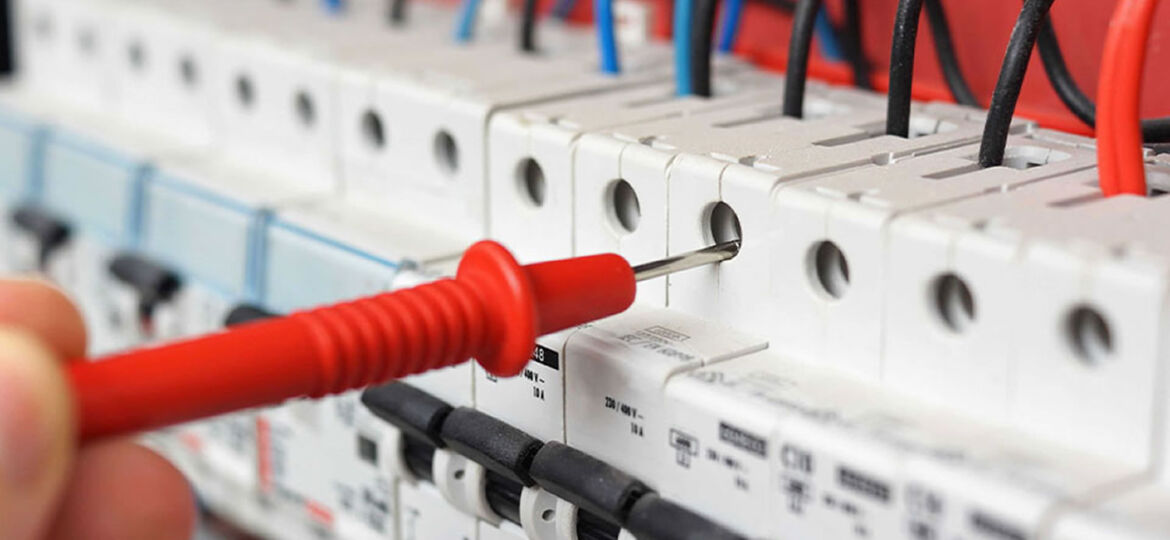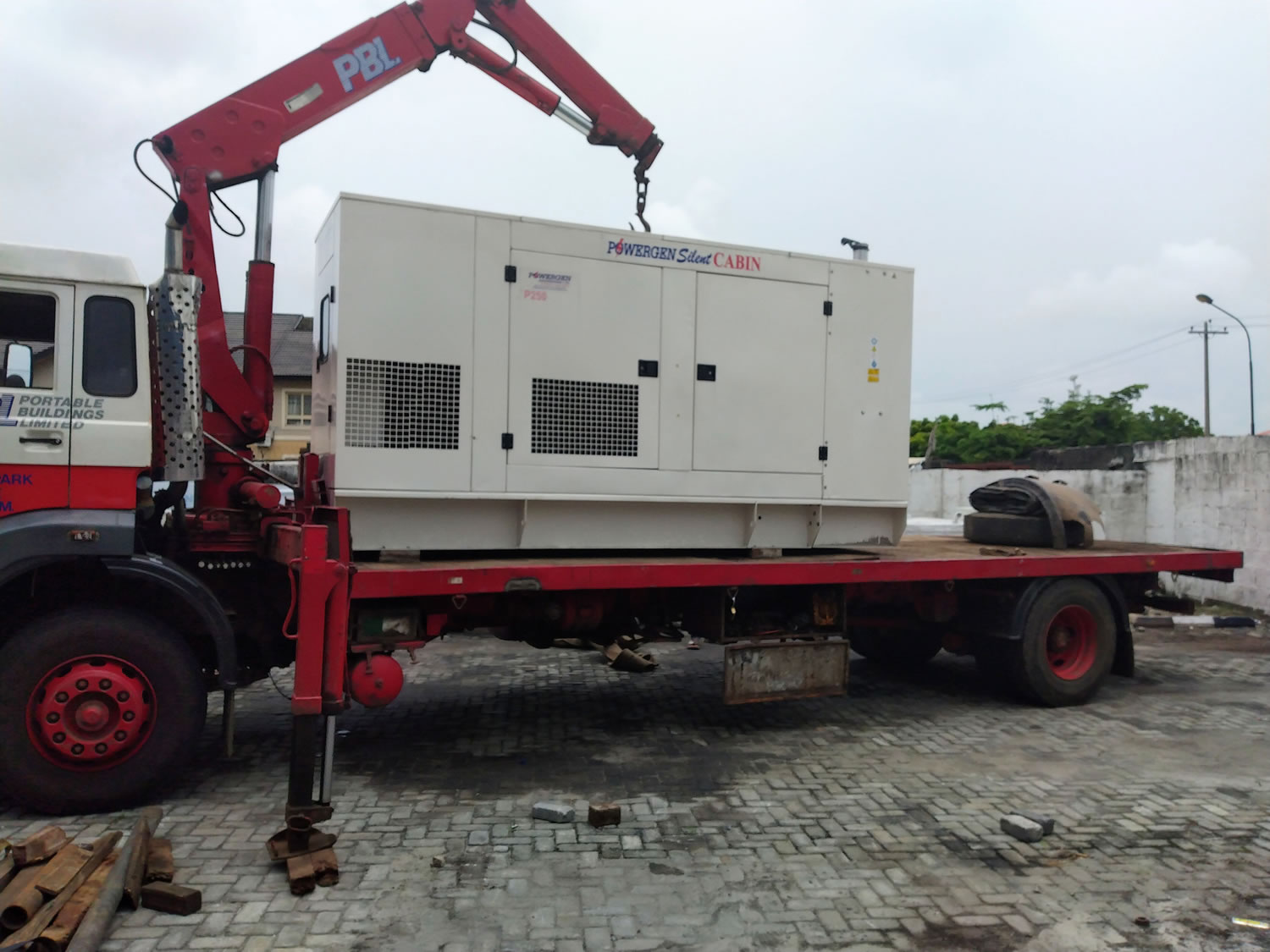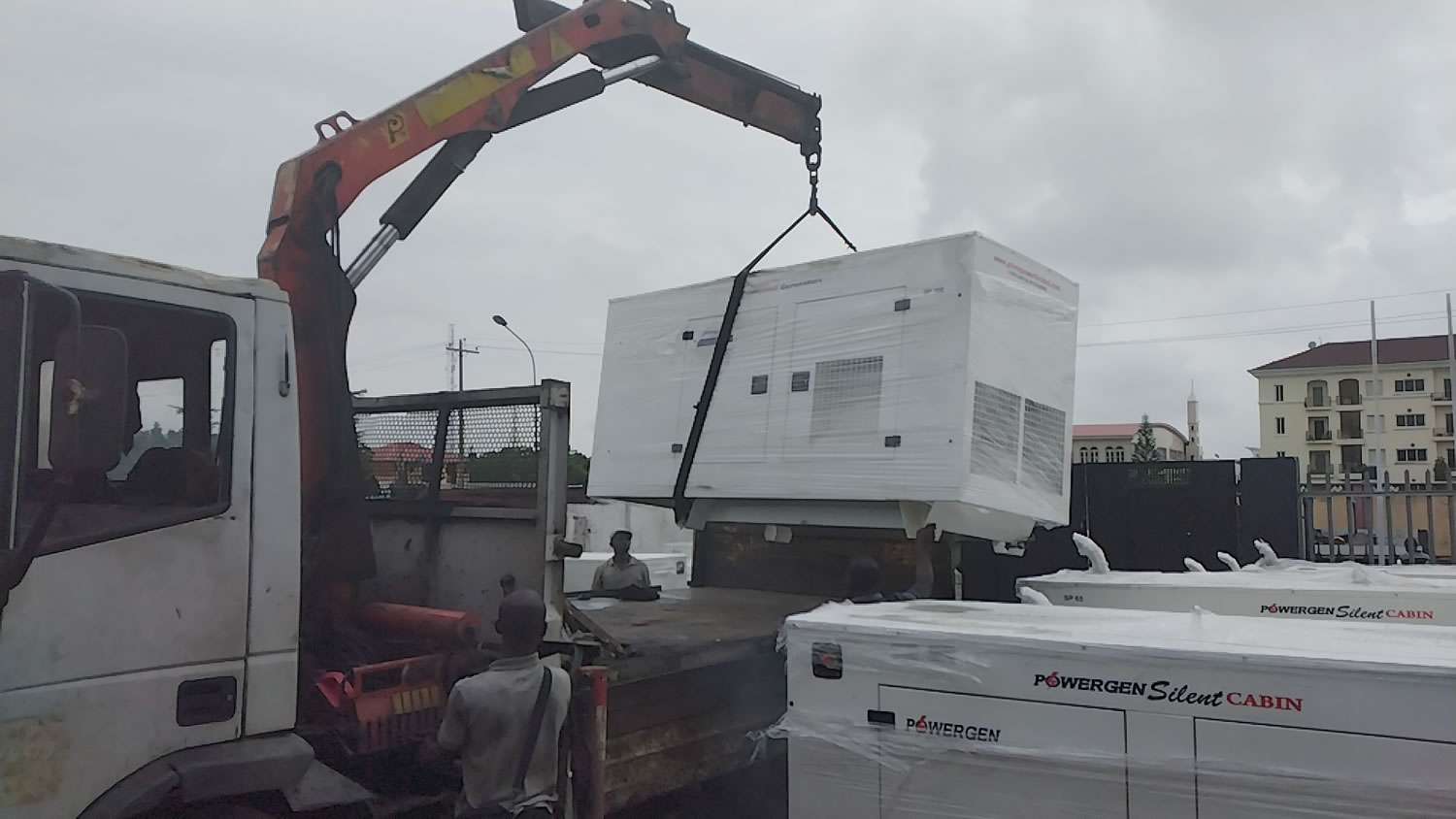
8 COMMON MISTAKES IN ELECTRICAL INSTALLATION
Typical errors in electrical installation – what is correct and what is not
Have you ever questioned your knowledge of electrical circuits? And are you sure that the fire protection regulations are observed within your own four walls? No?
Then test your knowledge below and make sure you know better about other assumptions circulating in society. Discover below 8 common mistakes in electrical installation from the socket to the smart home.
- Misconception 1: Let me just do it!
- Misconception 2: I’ll do it quickly…
- Misconception 3: Multiple plugs are the solution when a socket is missing
- Misconception 4: One circuit per room is completely sufficient!
- Misconception 5: The church tower next door is higher than my house – so the lightning doesn’t hit my house
- Misconception 6: I’m not a tenant, I’m the owner – so I don’t need a fire alarm
- Misconception 7: Smart Home is only for new buildings
- Misconception 8: Electrical installations are protected and do not have to be adjusted
- Conclusion: Little knowledge can be dangerous
Misconception 1: let me just do it!
As a practised do-it-yourselfer and hobby electrician, you prefer to take matters into your own hands – right away. However, where electricity is involved, a lack of prior knowledge and willingness to experiment can have serious consequences. Before starting any electrical project, first, find out in detail about the appropriate procedure and necessary safety measures.
In electrical work, you should also have a basic knowledge of the various materials and common tools and work practices. As a rule, it is also important to observe standards, rules and regulations. With the previous knowledge, the project can then be ideally planned and you not only guarantee your safety but also save time and money during implementation.
Misconception 2: I’ll do it quickly…
Changing a socket or hanging up a lamp can quickly go wrong. Even if you can almost change the light switch in your sleep, electricity still poses the same danger.
In principle, the absence of voltage must always be established before working on cables or electrical systems. The following safety rules are therefore always a top priority for laypersons and experts alike:
Only carry out the work if you have sufficient specialist knowledge.
- Always unplug the power cord before working on electrical equipment.
- Turn off the power by turning off the circuit of the associated fuse.
- Provide the fuse box with an information label so that third parties cannot accidentally switch the fuse on again.
- Use a voltage or phase tester to check that the system in question is dead.
- Never use protective conductors for other purposes and never remove or disconnect them. A lightning rod offers no substitute.
- Finally, after completing the work, check the protective conductor function.
Misconception 3: Multiple plugs are the solution when a socket is missing
Multiple sockets are practical, yes. However, they are by no means a safe permanent solution if there are not enough sockets. On the contrary: thanks to the multiple plugs, several devices can use one socket at the same time. It is quickly overwhelmed and gets warm. In the worst case, the overloaded socket can lead to a fire!
So what if the sockets are not enough?
Whether multiple sockets or sockets in a room are sufficient depends on the total load of the devices operated simultaneously in a circuit. If there are permanently too few sockets, the domestic electrical installation can be expanded later. If you are planning an extensive renovation and would like to renovate the electrical installation in the wall, this involves complex work. The new lines may only be installed by a trained specialist!
Tip: An alternative associated with less dust and dirt is offered by so-called baseboard or surface-mounted installation ducts with integrated sockets. These are easy to install and the wall does not have to be prized open.
Misconception 4: One circuit per room is completely sufficient!
While this statement may be true for some rooms, it can not be taken as a rule of thumb and in many cases, it is simply not true. How many circuits are required depends entirely on which devices are ultimate to be operated in the room.
The correct rule of thumb is one circuit per 3600 watts total load. Individual devices with a load greater than 2000 watts should have their own circuit.
A typical example of a room where multiple circuits are required is the kitchen. A relatively large number of electronic devices are used in most households. In addition, many appliances with high loads such as the electric stove, oven and dishwasher are used at the same time in the kitchen. Other examples of high-load consumers are the washing machine and tumble dryer.
Misconception 5: The church tower next door is higher than my house – so the lightning doesn’t hit my house
Tall buildings are often considered as protection against lightning strikes. But in principle, lightning does not always hit the highest point!
And what about all those church towers struck by lightning? It is true that in many cases tall buildings are struck by lightning, but not always. Lightning doesn’t like church towers, it just wants to get down to earth from the electrically charged cloud. And as soon as possible.
Air is a poor conductor of electricity and has a particularly high resistance. That’s why the flash looks for a building to strike as quickly as possible. If there happens to be a tall building in its path, that’s an appealing option for the Blitz. But the cables in your own home also offer a fast route to earth.
In general, high trees, flagpoles or electricity poles can only offer protection in a very small area. Lightning can strike as little as 50 meters from such an object.
Tip: Protect yourself reliably with a multi-stage lightning protection system consisting of lightning and surge protection. In the event of a lightning strike, this dissipates the energy into the ground in a controlled manner and compensates for the over-voltages that are harmful to your electrical installation.
Misconception 6: I’m not a tenant, I’m the owner – so I don’t need a fire alarm
As the “master of the house” you enjoy a lot more freedom than a tenant, but certain legal regulations and obligations must also be observed in your own four walls. Anyone who thinks that the owner is not obliged to have a smoke detector is wrong.
Smoke detectors serve to protect the residents and therefore smoke detectors are compulsory in all German federal states for living space. This affects both tenants and owners. Even those who live on their own property are obliged to install fire alarms.
A fire can be life-threatening, especially at night. Our sense of smell is inhibited in deep sleep and we do not notice the smell of burning in time. In this case, after just a few breaths, the person loses consciousness without realizing it. It is therefore important to install smoke detectors in bedrooms and children’s rooms.
Each federal state regulates exactly where and how fire alarms have to be installed. In principle, however, it is advisable to install smoke alarms at least everywhere where you sleep, stay longer or use smoke signals.
Misconception 7: Smart Home is only for new buildings
A smart home comes with enticing features. And these are not withheld from residents of old buildings! Basically, a smart home is simply a house in which many processes take place independently and intelligent technology regulates certain processes. For example, the air conditioner is turned down automatically when you leave the house.
In order for the house to be able to “think for itself”, the devices must be networked and able to communicate with each other. Here there is the possibility of communication by cable or radio. T
he advantage of new buildings is that the corresponding control lines can be implemented directly during construction. Subsequent renovation of the electrical installation for cable-controlled communication involves a lot of dust and dirt and can be expensive.
However, simple radio-based solutions in old buildings offer the possibility of networking and intelligently controlling all relevant building components. Motion sensors, temperature controllers, probes and contacts can also be easily installed in old buildings and communicate with each other. Here your heating system learns via radio from the motion detector that you are leaving your house and not via cable.
Misconception 8: Electrical installations are protected and do not have to be adjusted
The standards and guidelines are updated frequently and if buildings and their electrical installations had to be adapted with every change, we would be constantly building and modernizing. Therefore there is the so-called grandfathering, which is a system has that was manufactured at the time of construction according to the standards applicable at the time.
So electrical installations in old buildings are out of the question? It’s not that easy! Because with electrical systems, safety must always be the priority, and from a certain point in time this is no longer the case with old electrical installations.
Old lines alone can pose a safety risk. Electrical cables are assumed to have a service life of around 40 years, as they become brittle and brittle over time and can lead to short circuits. Therefore, the rule of thumb is that the protection of an electrical installation in an old building expires after 40 years.
Wires that are too old or damaged should not only be seen as a reason for modernizing an electrical installation. The electrical installation of a building should also be renovated if there are no FI circuit breakers, too few sockets and circuits as well as outdated fuses and distributors.
Conclusion: Little knowledge can be dangerous
From the light bulb to the smart home, electrical engineering is present in ever larger parts of our lives. We therefore often think that we are familiar with a topic, although we only have half-knowledge.
And that can be dangerous. Because where electricity is involved, it sparks quickly. It is important to get enough information before starting any project. If you want to find out for yourself, you can get advice from like-minded people in forums, for example. When in doubt, however, it is better to play it safe and consult an expert.
Being properly informed is not only safe but can also be worthwhile. This is the only way to find out about the latest developments and discover new opportunities. With new insights, you and maybe your home will become smarter.
Share:
Social Media
Most Popular

8 COMMON MISTAKES IN ELECTRICAL INSTALLATION

5 questions to ask your generator rental provider

WAYS TO IDENTIFY YOUR ENGINE

10 THINGS TO CONSIDER WHEN PURCHASING A GENERATOR
Subscribe To Our Weekly Newsletter
Related Posts

8 COMMON MISTAKES IN ELECTRICAL INSTALLATION
Typical errors in electrical installation – what is correct and what is not Have you ever questioned your knowledge of electrical

5 questions to ask your generator rental provider
introduction If you live in Nigeria and do businesses in any of the major cities such as Lagos, Abuja, Port

WAYS TO IDENTIFY YOUR ENGINE
UNDERSTAND YOUR ENGINE PLATE, KNOW THE PARTS YOU NEED FOR YOUR ENGINE Over the years Perkins has produced hundreds of

10 THINGS TO CONSIDER WHEN PURCHASING A GENERATOR
Hey, thank you for that decision to buy a generator. It has become an integral part of life and living


